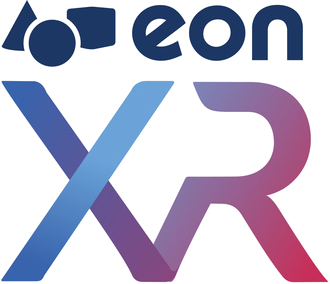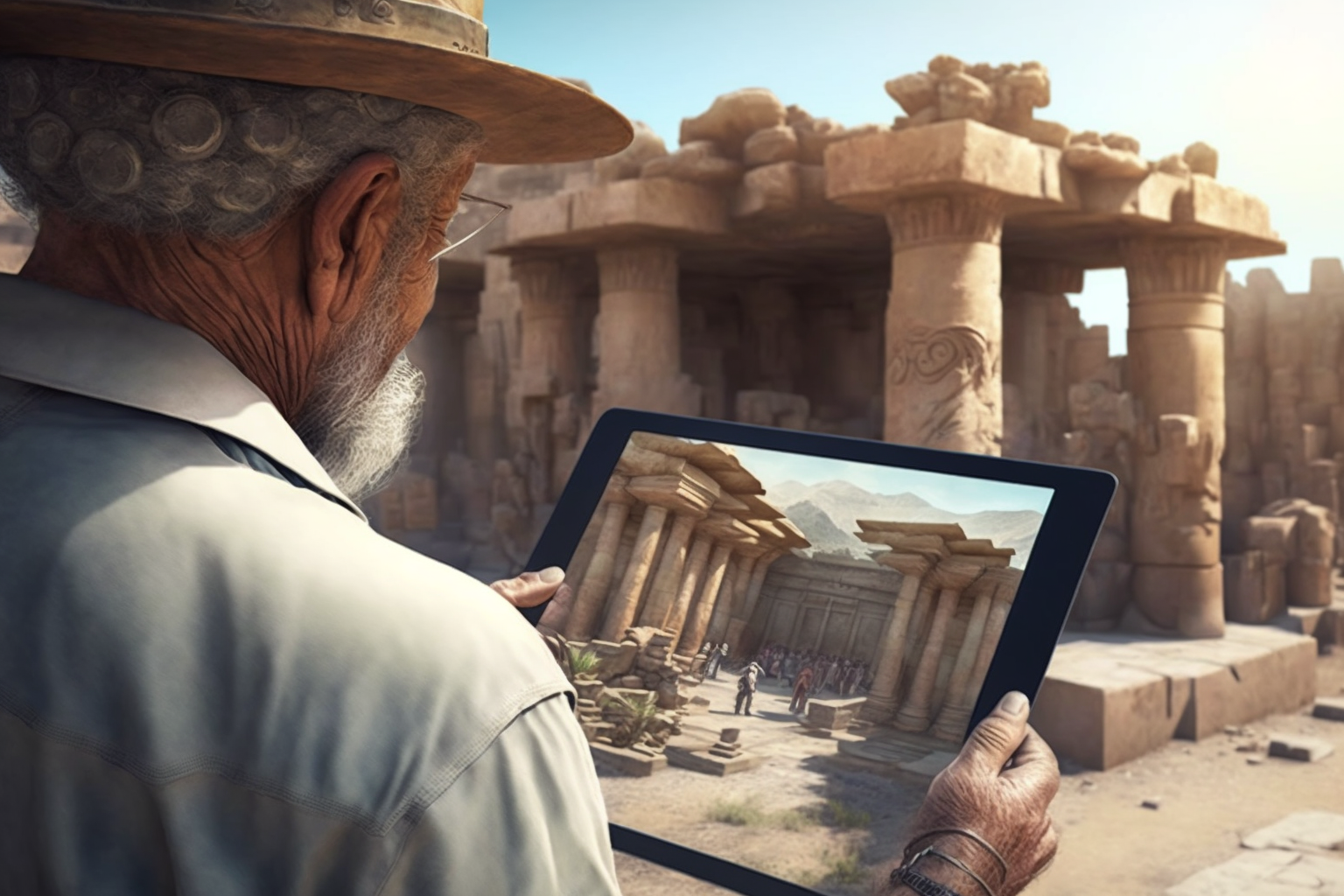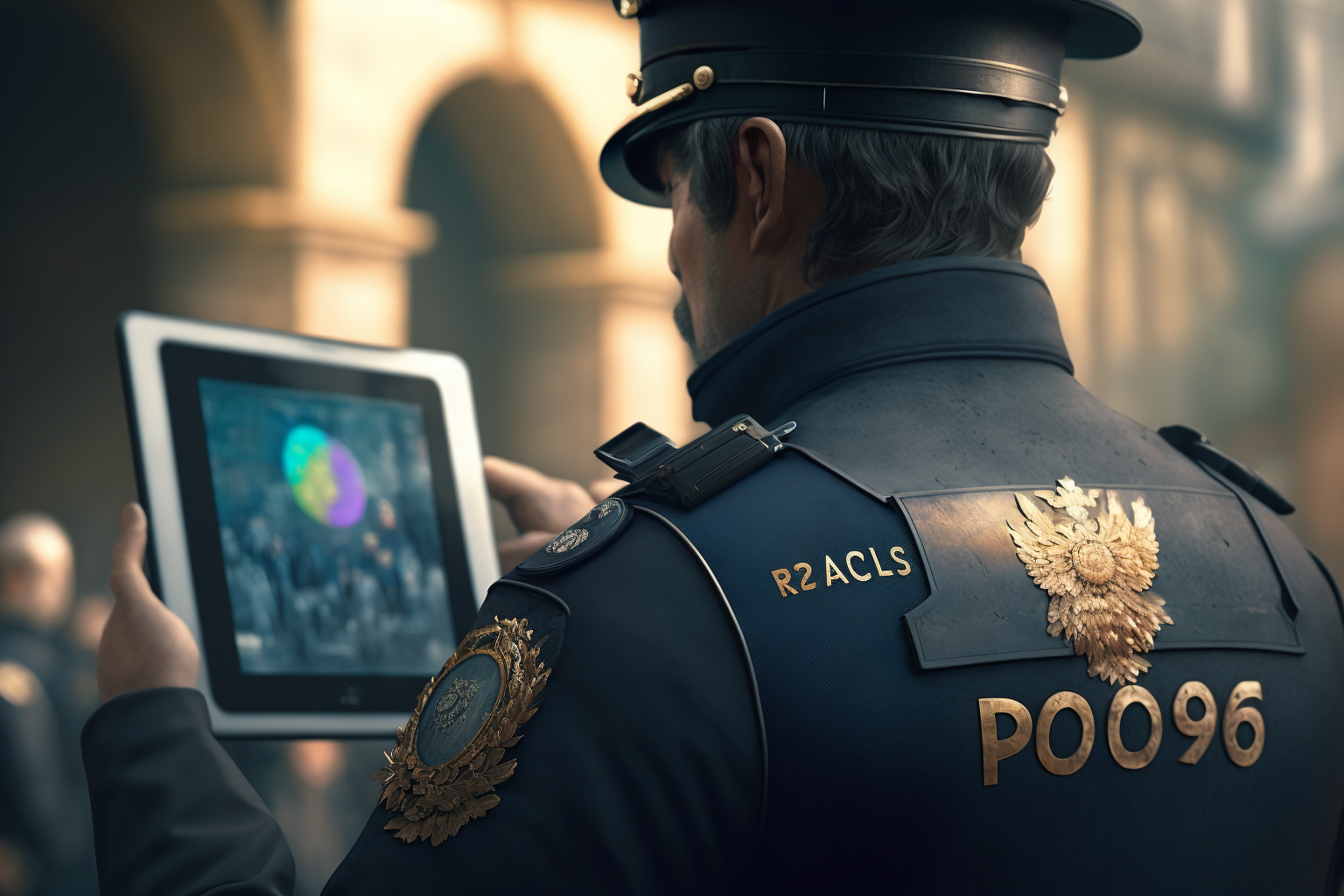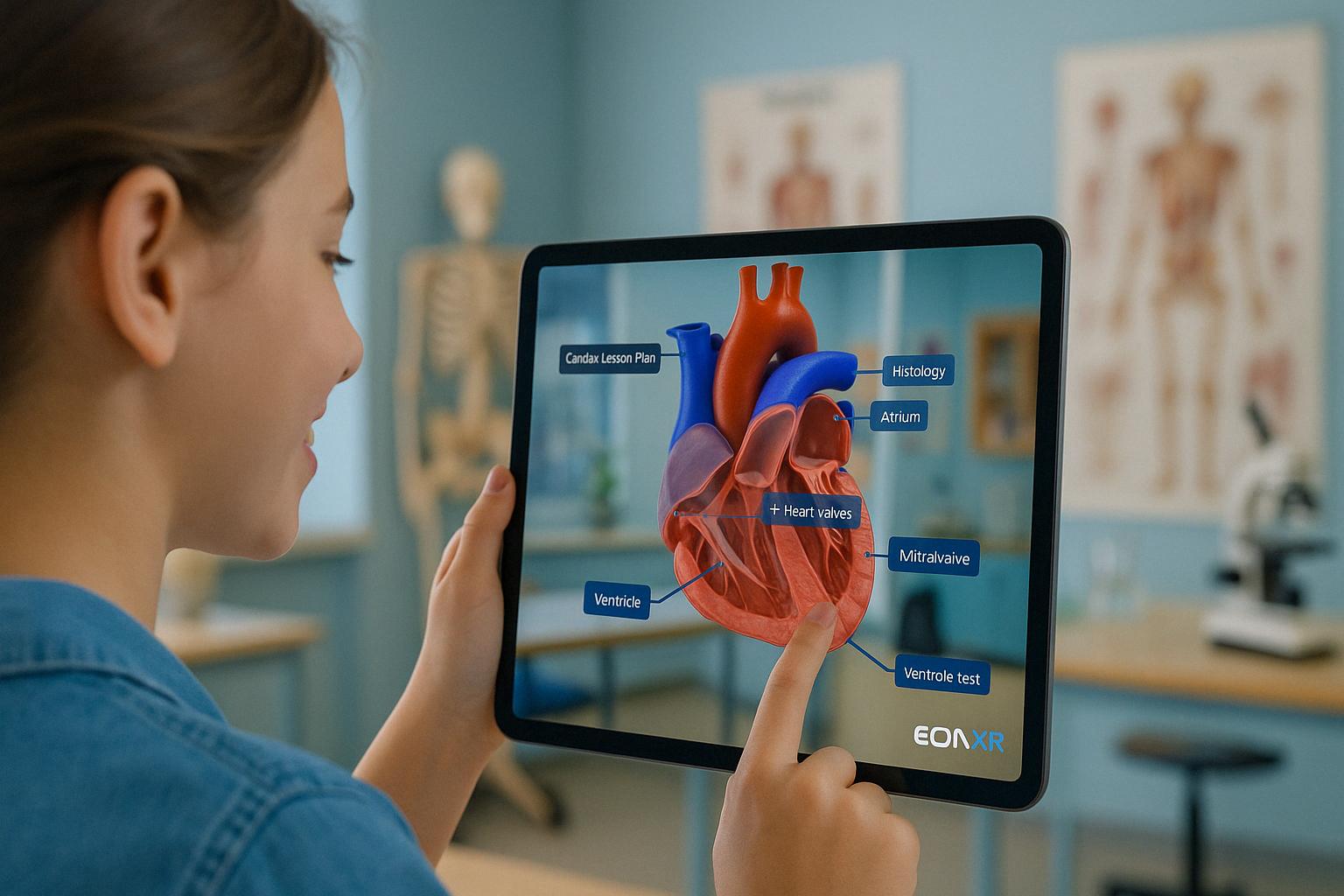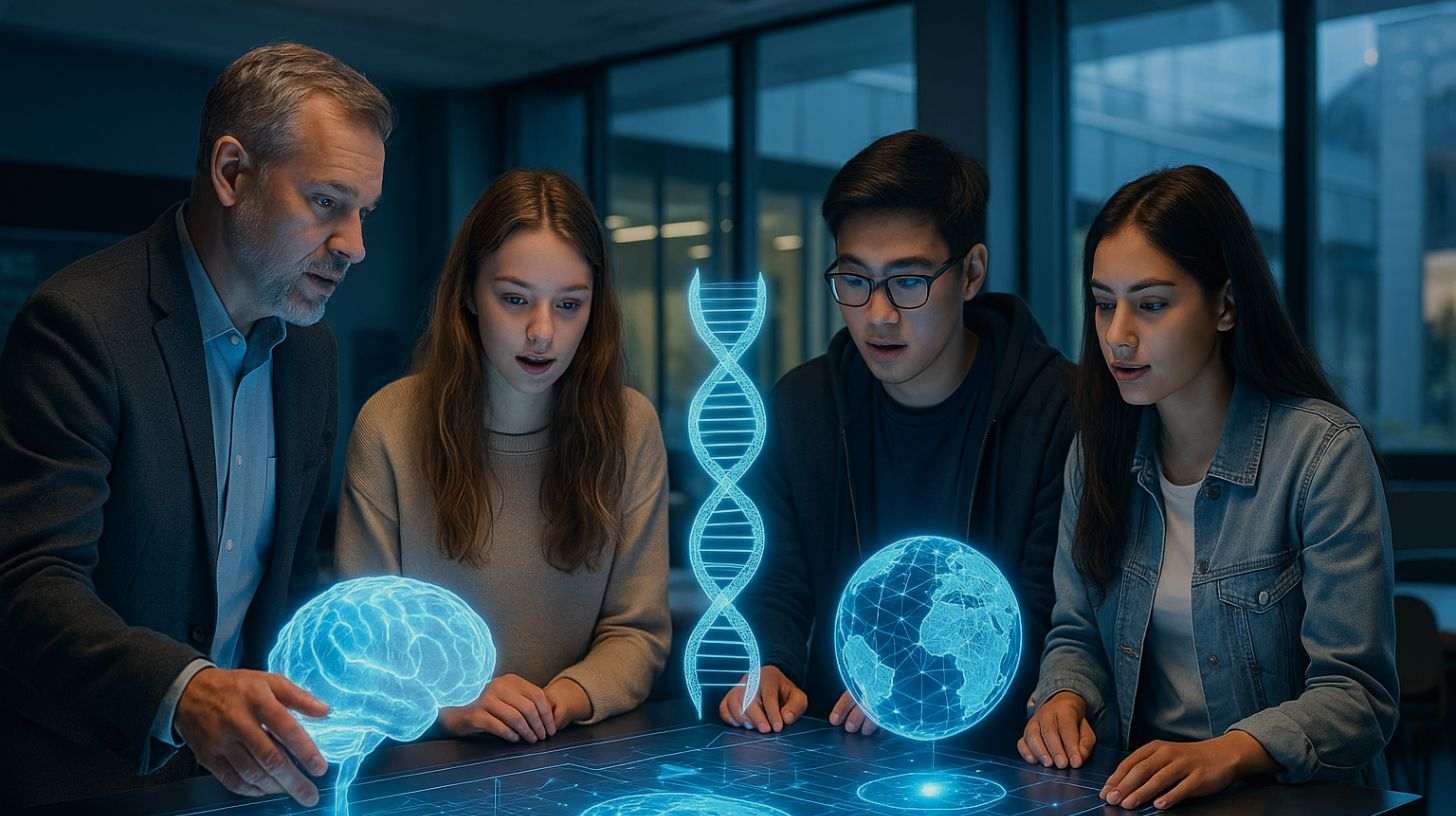Hi everyone, it’s Dan Lejerskar, the Founder of EON Reality. I’m back again in California following EON Reality’s outing to CES — the world’s biggest stage for innovation and one of the most closely watched events on the tech calendar.
We were among the tech hordes that descended upon Las Vegas at the start of each year to find out what’s happening in this year and beyond. It was a tremendous experience witnessing the growth of different technologies, the vast collection of prototype gadgets and their potential to contribute to our lives in the foreseeable future. Here are some of my thoughts.
VR is not dead, far from it.
As foretold by many tech pundits in recent months, VR’s showing at CES has proven that the technology’s demise was grossly overstated. While we were there, we saw VR and AR embraced by more players than ever before. Mixed reality was no longer the sole domain of content and hardware providers, but had extended to automakers and peripheral solution companies who were offering state-of-the art VR and AR experiences. Long live mixed reality!
Is AR and VR headgear the new black?
Talking about headsets, I couldn’t help but notice that hardware manufacturers were now integrating design sensibilities into their new product showings. At the show, we saw massive improvements and upgrades to the range of XR headsets on offer, from Panasonic’s steampunk-inspired designs to the latest iteration of VREngineers professional grade XTAL headsets.
The realization of EON Reality’s Human 2.0 vision
One of the most fascinating exhibits was NextMind’s Brain-Computer Interface Developer for AR/VR, which promised to link the human brain to the digital world to create a fully immersive experience run by mind control. Completely in line with EON Reality’s Human 2.0 vision, it can be paired with any AR/VR headgear and marks a shift from the need to use physical interfaces for enterprise and consumer applications alike. When I first talked about Human 2.0, it seemed like a distant possibility, but I’m glad to see that we’re closer to transforming how we learn and train much earlier than I thought possible!



